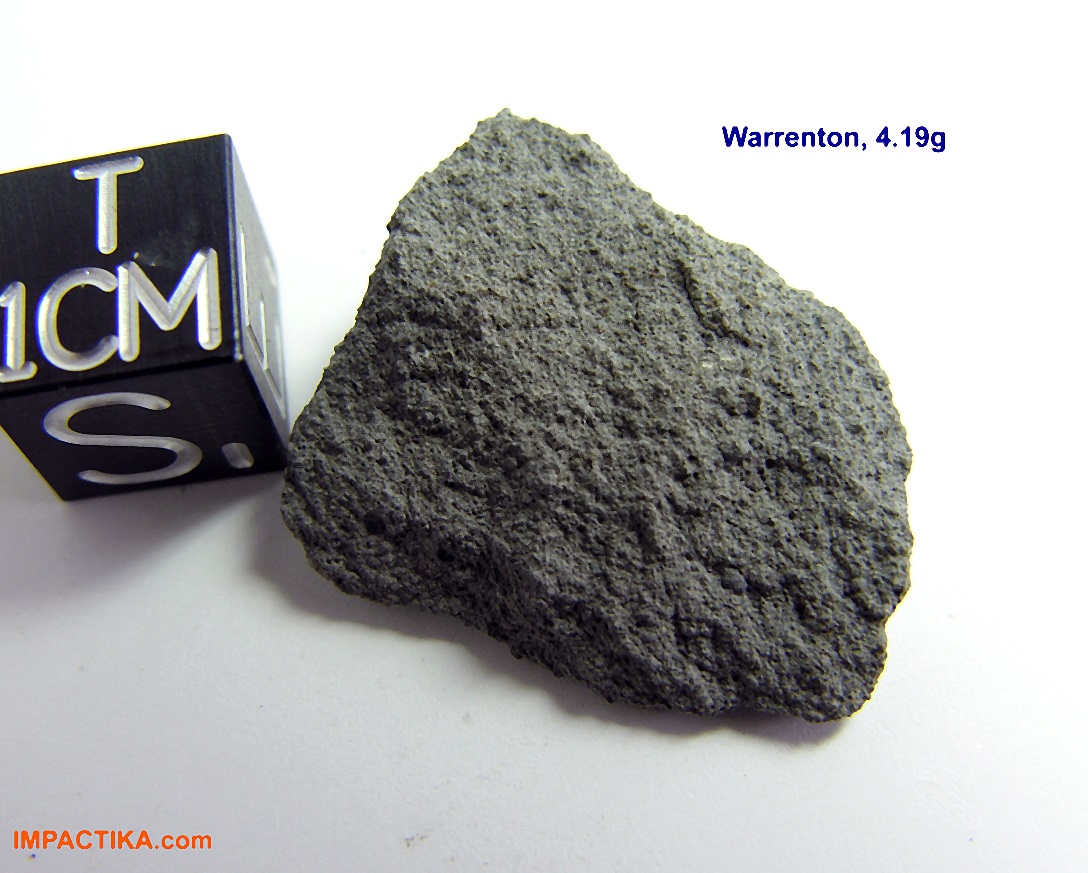|
|

|
4.19 grams. CO3.7
The only approved meteorite with this classification.
TKW 1600 grams. Observed fall 3 January 1877, Missouri, USA.
Anne writes:
Struck a tree and fell on January 3, 1877, west of St. Louis Missouri.
Visit my Web Site |
Click to view larger photos
#1
|
Found at the arrow (green or red) on the map below
|
|
| |
Graham Macleod
5/13/2016 12:48:13 AM |
Thanks Anne,
Another extremely interesting meteorite with it's history. |
Anne Black
5/12/2016 1:19:13 AM |
Glad you like it. I'll see what else I can show you.
|
MexicoDoug
5/11/2016 2:21:58 PM |
It sure could have. Smith was a meteoritical prodigy from South Carolina we seldom hear about regarding meteorites, since his accomplishments in other fields dwarf his work in meteorites. While Smith studied in Germany (under the greatest European chemist of the time), and France, his abilities and insight far surpassed his European meteorite contemporaries. In this example, though Ornans fell in France 8 years earlier, he effortlessly proclaimed that Ornans was the correct type specimen for Warrenton before carbonaceous type specimens nomenclature gained any traction. So, for me this is more a narrative about Smith helping to establish the carbonaceous typing system to begin with. Not all types were understood, Cold Bokkeveld, Alais, Kaba, and Orgueil are examples of falls that predate their type specimen due to the wandering path of scientists. SNCs escaped this, or they would have been ZNCs. |
John Divelbiss
5/11/2016 9:28:43 AM |
This one would have made a very nice CW3.7 if that were the case. |
MexicoDoug
5/11/2016 12:22:26 AM |
A very friable meteorite, it first hit the tree and tree fibers stuck to the crust. Up to 45 kg from one stone was scattered upon hitting the snowy ground and shattering into many pieces. The TKW was about 5 kg too science plus an undetermiined amount that some of the locals kept around, so the MB listed TKW is not an accurate figure around the time of recovery. Smith immediately recognized this meteorite as nearly identical to Ornans, which had fallen 8 years earlier in France. Too bad this just missed being the type specimen of CO's :-( |
| |
|